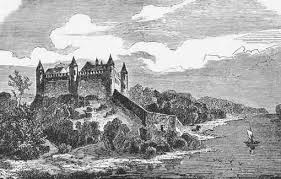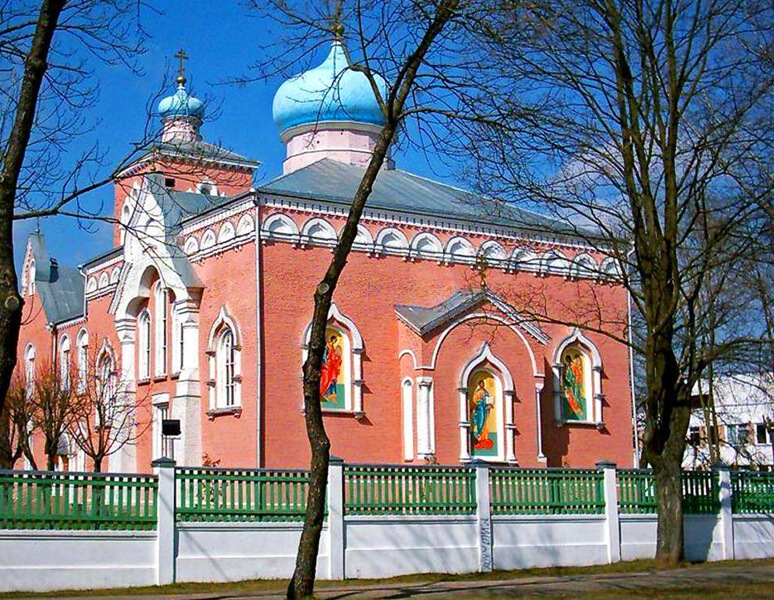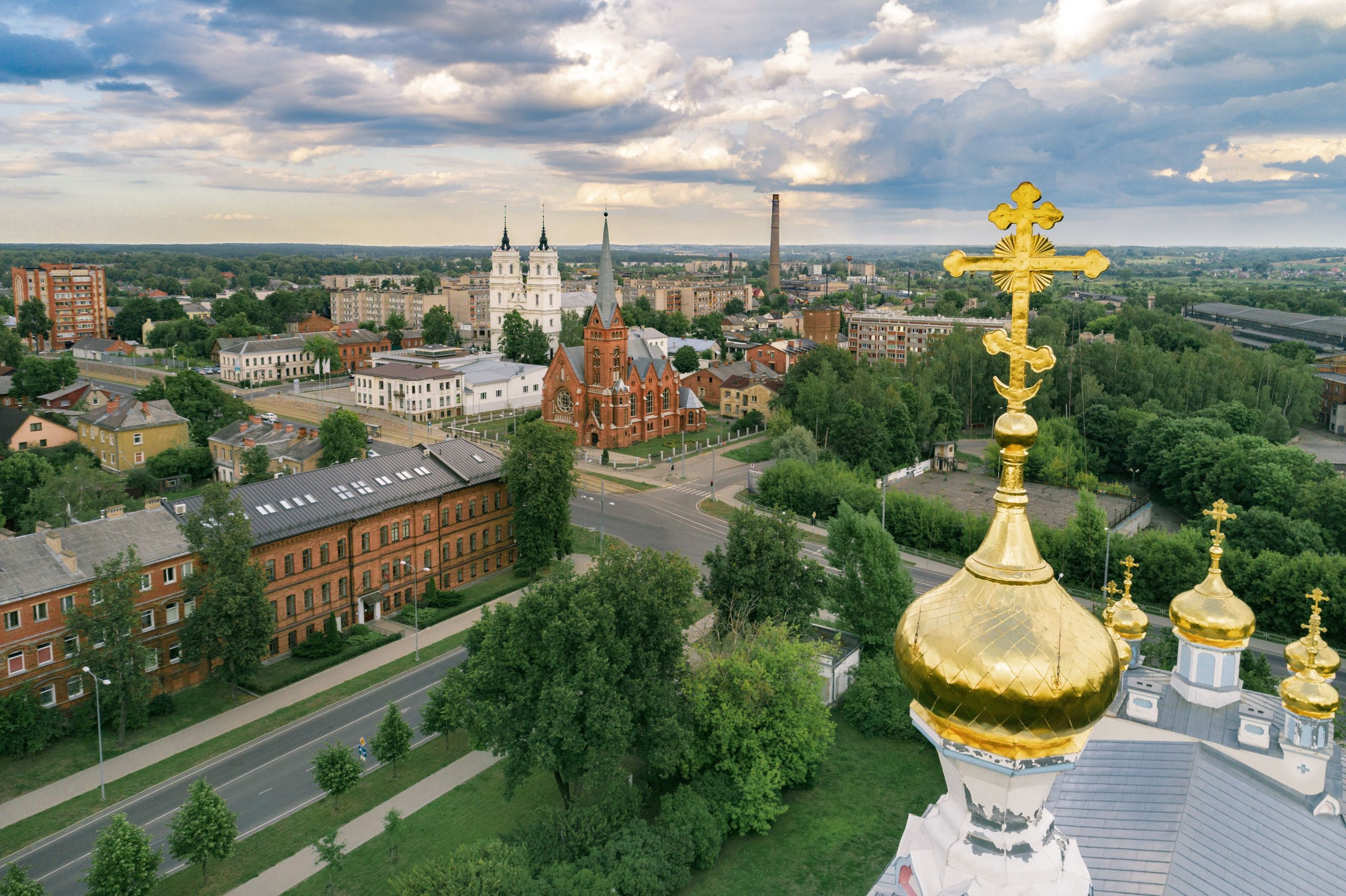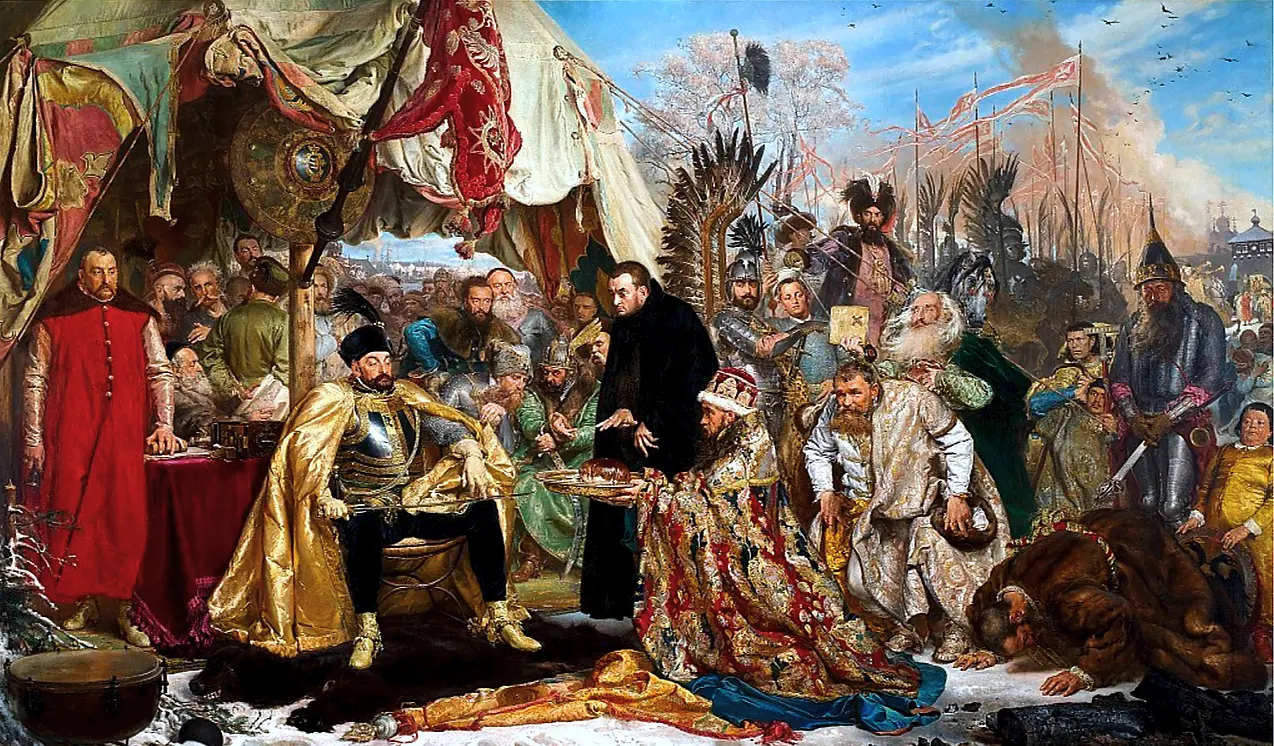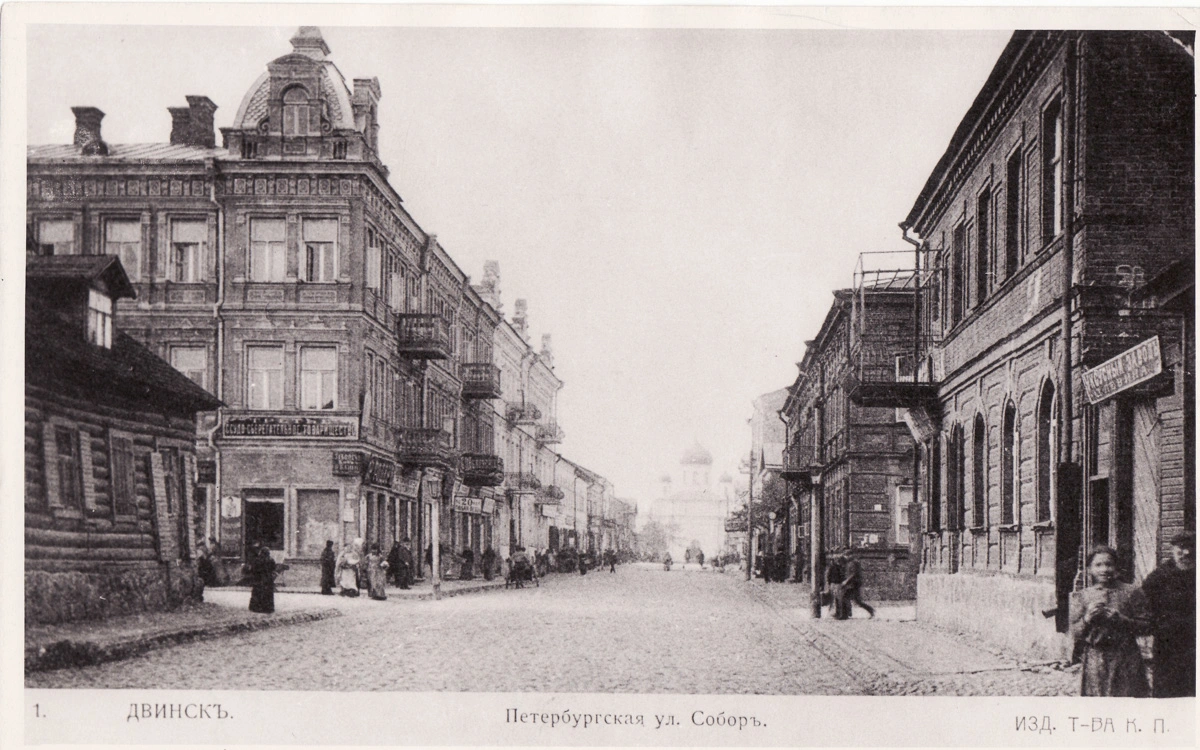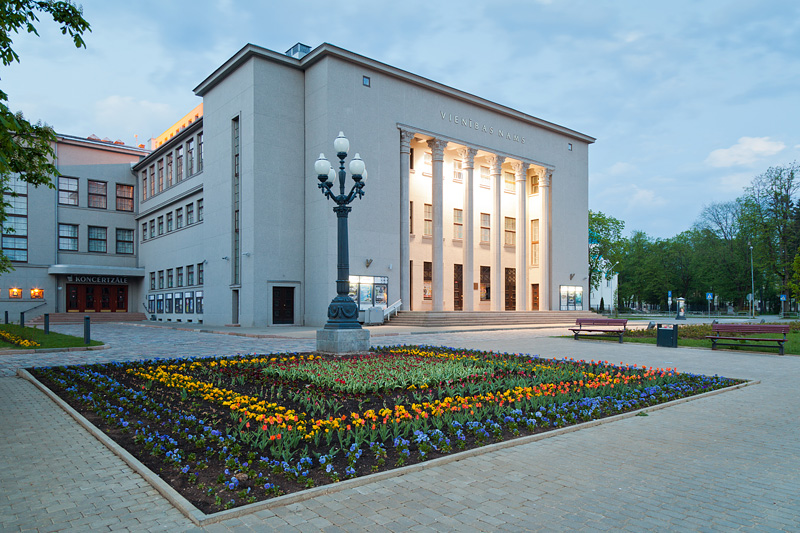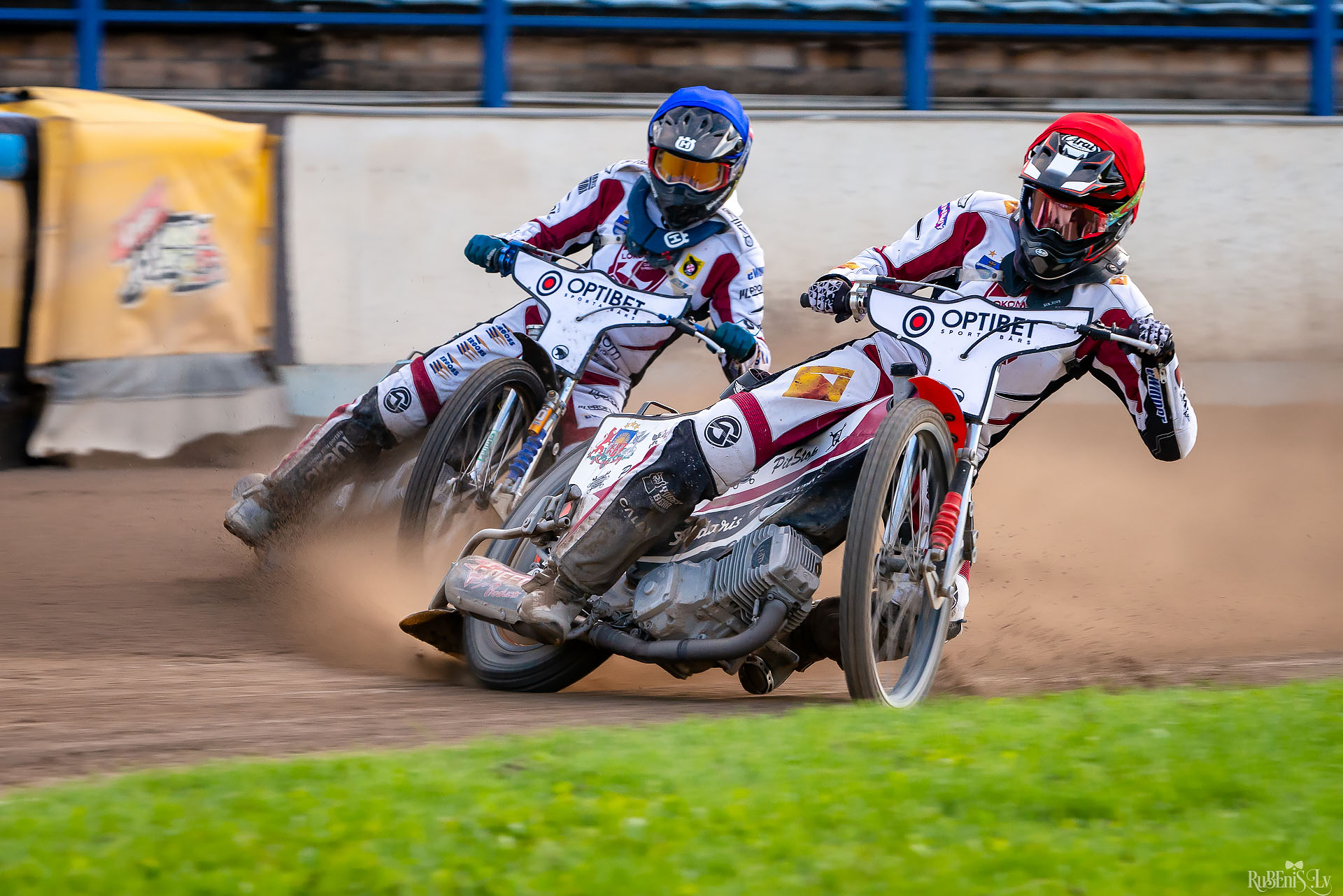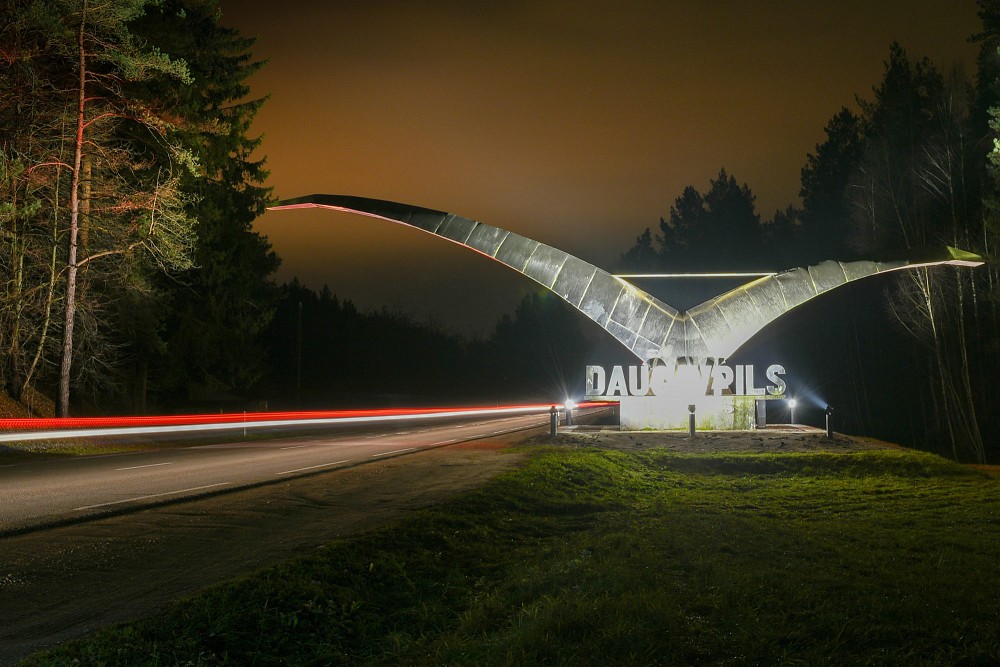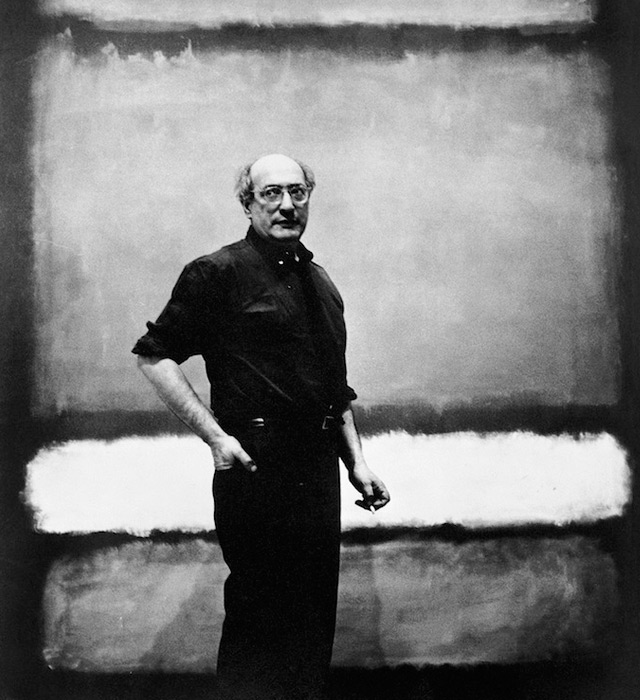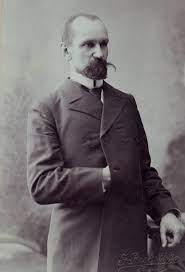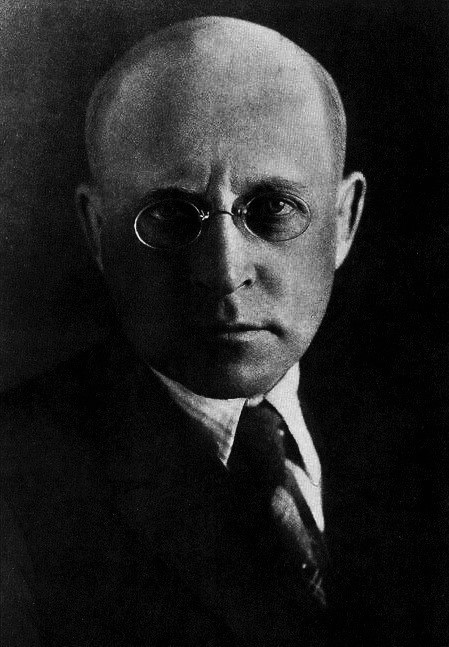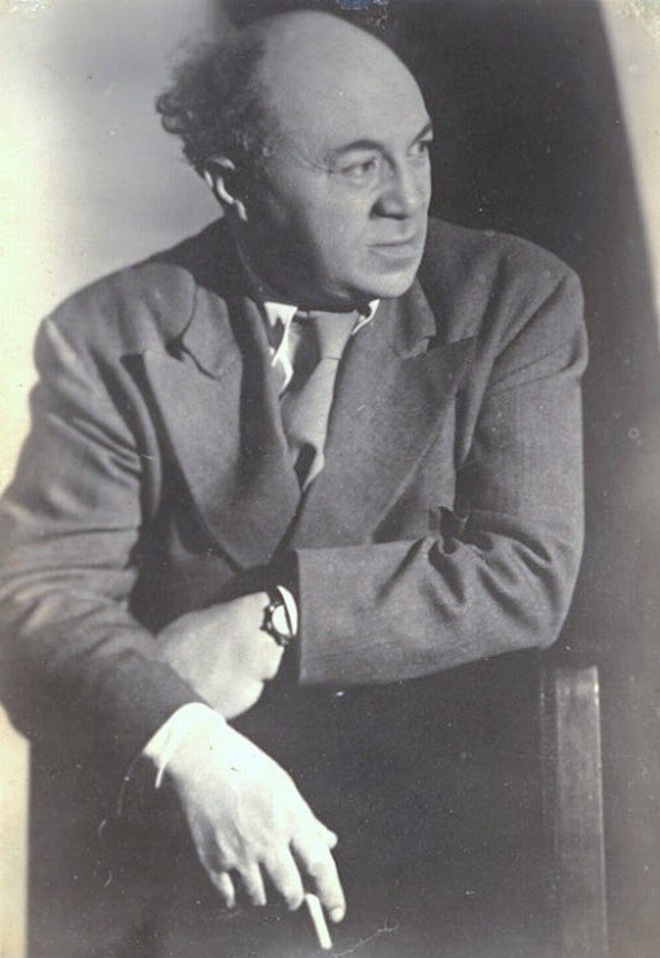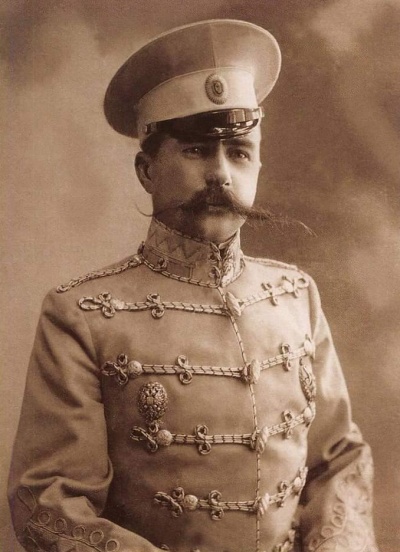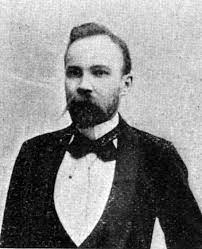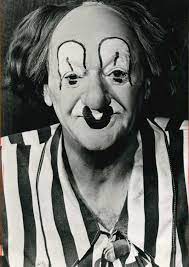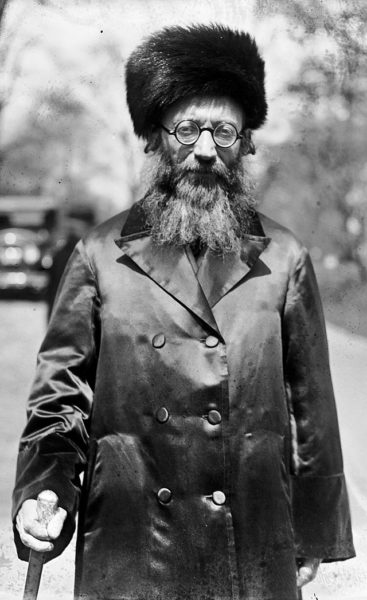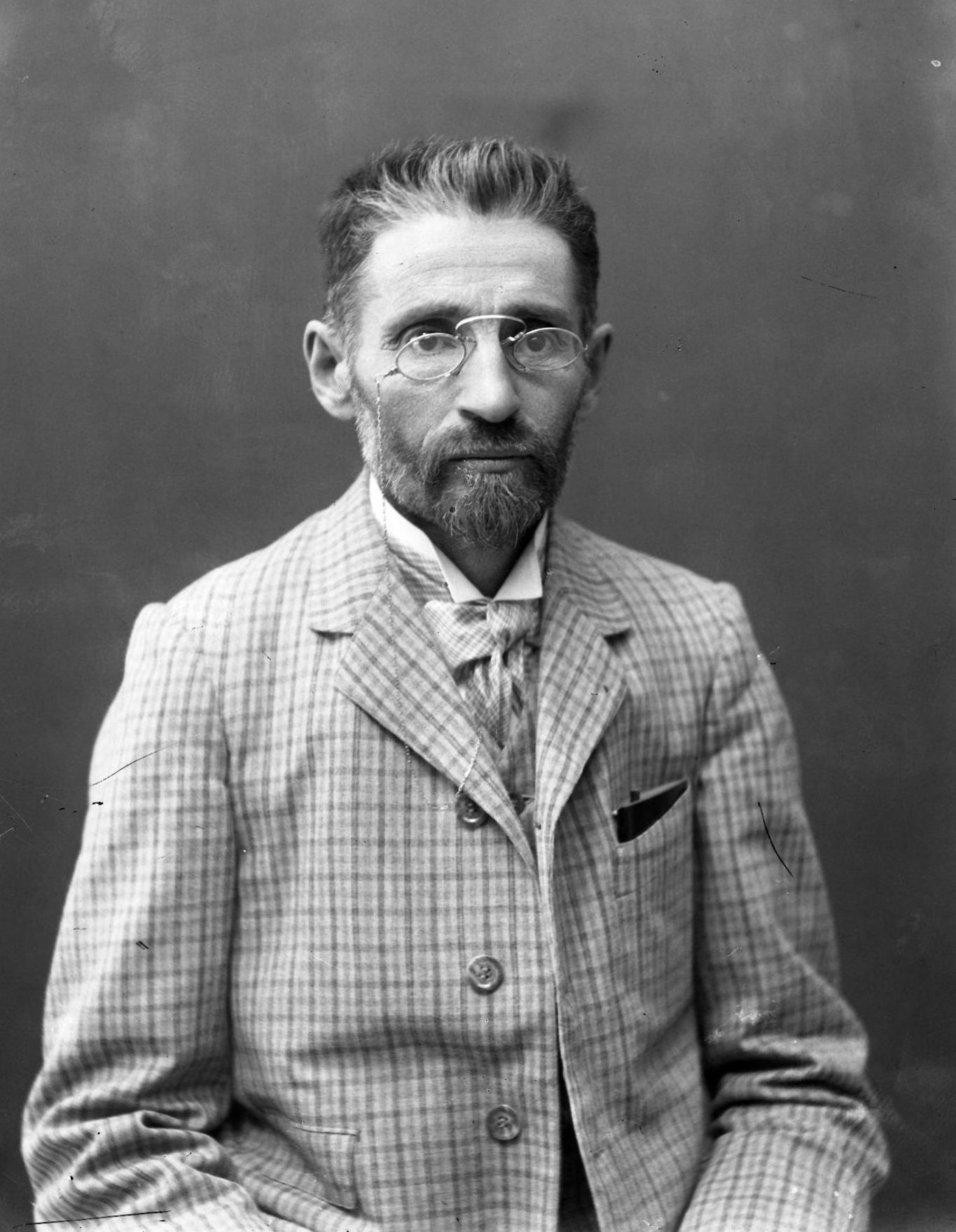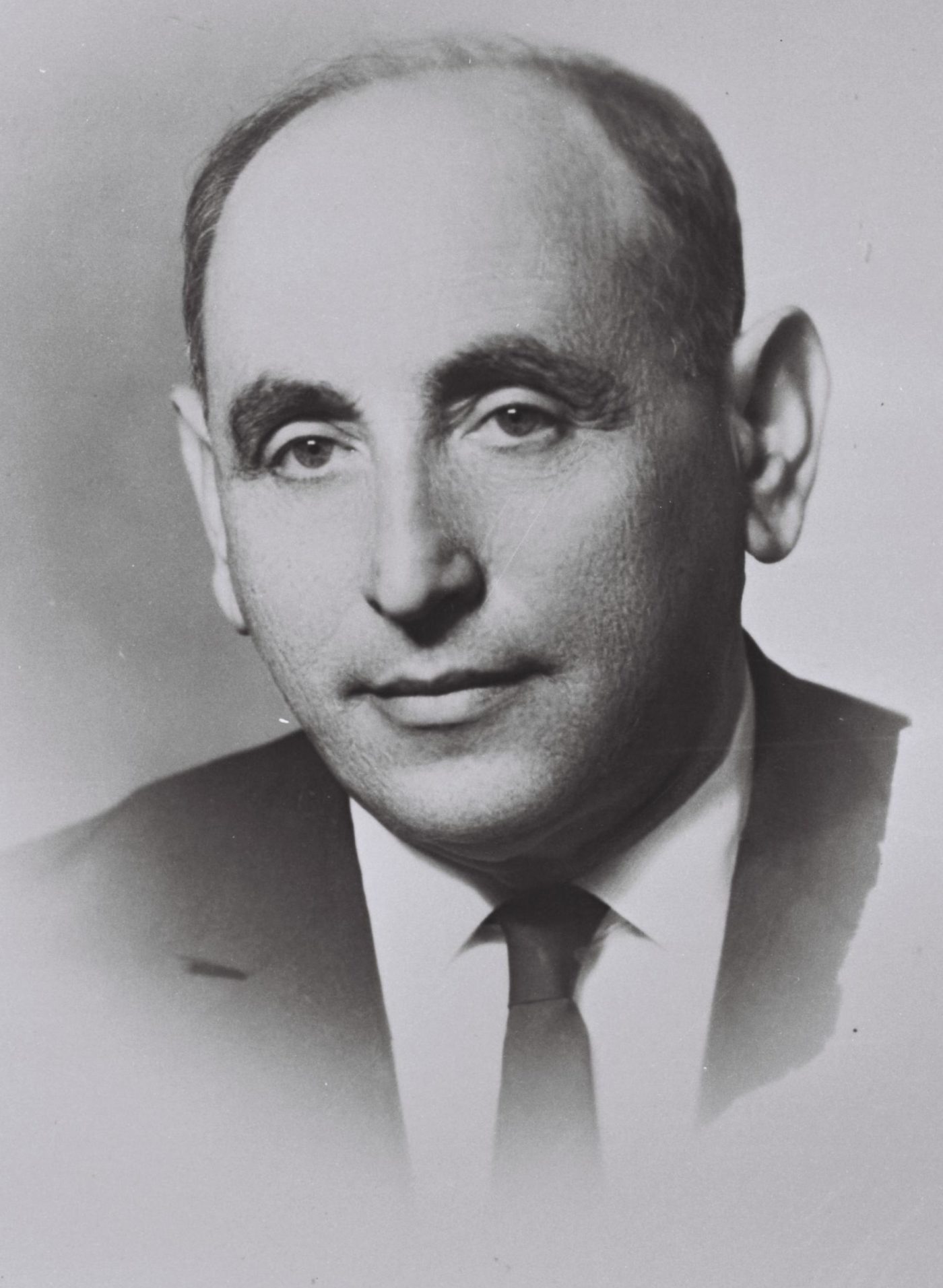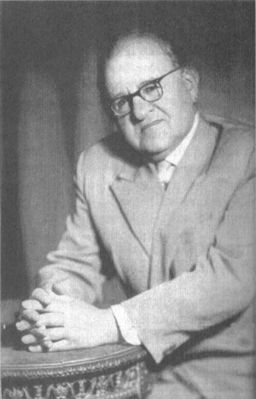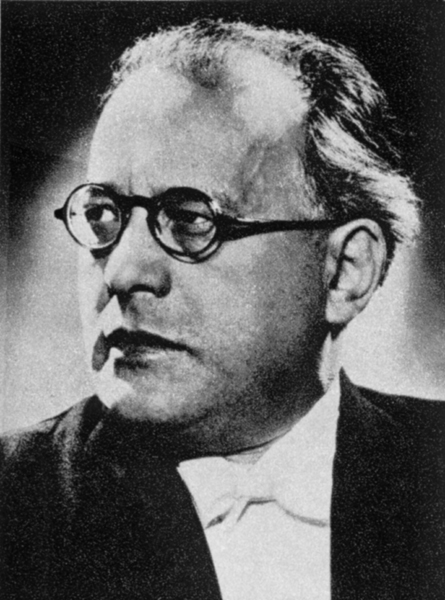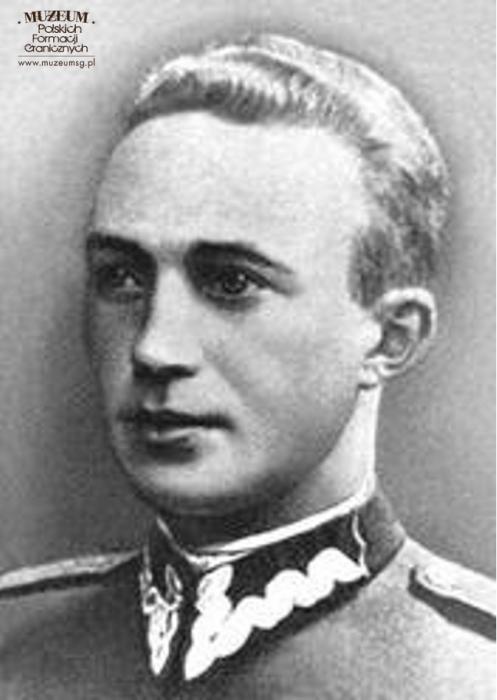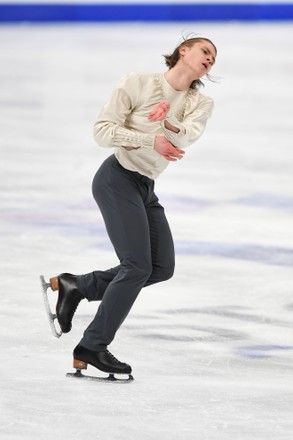

Daugavpils is situated in Latvia, a small country on the coast of the Baltic Sea. Daugavpils is the second largest city in Latvia and the perfect location for Russian language immersions. Daugavpils is a unique place – a Russian-language enclave, the largest Russian-speaking city in the European Union and NATO.
Daugavpils was founded in 1275 (at the time, it was known as Dünaburg). In the 17th century, Russian Old Believers, who had broken with Russian Orthodox, started to settle in the region in order to worship according to their ancient traditions. In the 18th century, Daugavpils became part of the Russian Empire and an important military, railroad, and industrial center.
From its turbulent history, the Daugavpils region has inherited a remarkable ethnic, confessional, and cultural diversity. This small territory has been a home for different communities – Russian, Latvian, Latgalian, Jewish, Polish, Belarusian, and Roma.
Daugavpils was once part of both the Russian Empire and the Soviet Union. The city has a remarkable historical legacy tied to Russia and Russian-European relations. The city provides an environment and atmosphere that is comparable to various Russian cities. Students studying in Daugavpils will develop a better understanding of Russian culture, traditions, and lifestyle.
